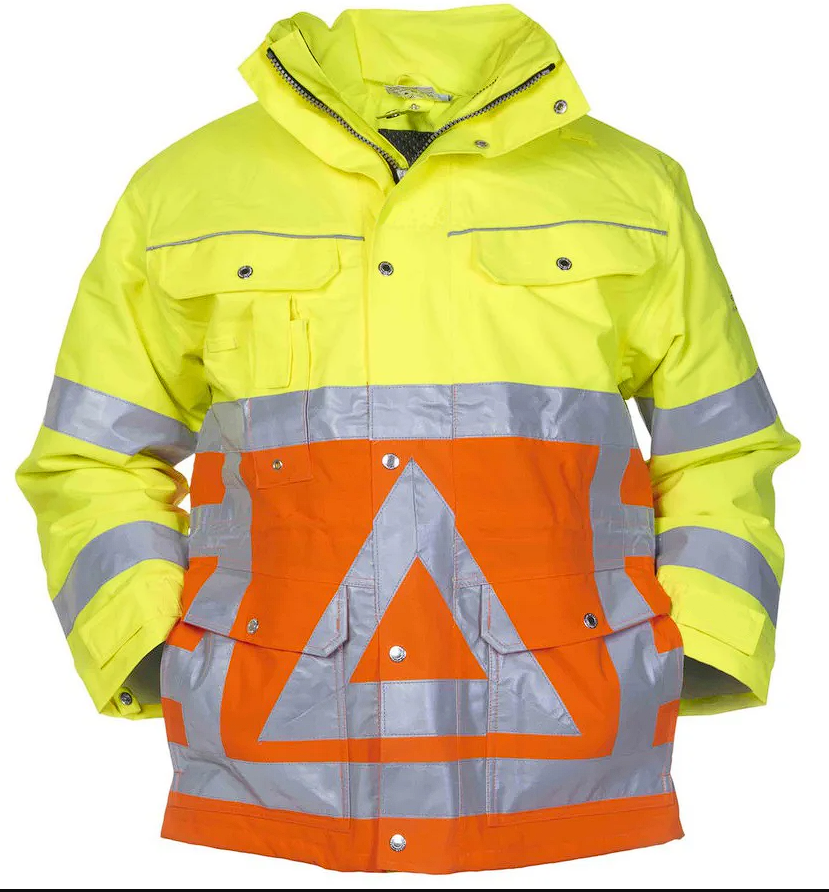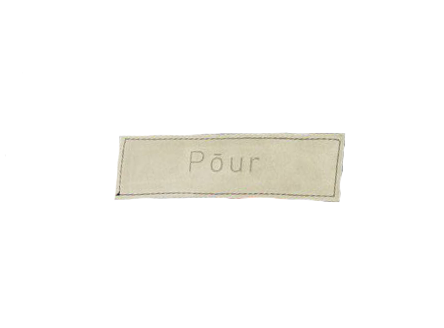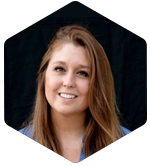

Fashion, clothes and fabric are ways for humans to express ourselves and have been part of our cultures for centuries. However, with mountains of clothes and fabrics ending up in landfill or incineration, finding end-of-use solutions is essential to limit our footprint. Sometimes clothes and fabrics are not suited for recycling because of technical or economical reasons. Reuse in different ways or upcycling is an endeavour to create a ‘new’ product out of something otherwise useless in a linear economy. A great example of such an endeavour is Pōur.

Pōur laptop bag made out of recycled workwear causing each bag to be an unique piece. Contains one inside pocket and a laptop compartment that holds laptops up to 15".

Workwear is the main source for Pōur bags, creating a durable and fashionable product. Vibrant colours and sturdy materials known to be used in workwear make Pōur bags stand out and last long.

Seatbelt webbing is used to add straps to the Pōur bags, this material is easily repurposed due to the strong polyester and will outlast other materials with ease.

A leather Pōur label is added to the bags for style purposes but also recognizability.

Pōur was created in 2017 by Julie van den Boorn and she is fascinated by textures, materials, colors and every other aspect of creation. This, along with the desire to contribute to a sustainable world, gave her the inspiration to extend the cycle of valuable raw materials with Pōur products and thus challenge the concept of waste. By re-harvesting raw materials from used products and creating new circular products Pōur is redesigning the existing. The core of their products is formed by used workwear, made out of fabrics that are designed to last. All the products are made in collabaration with social workshops in The Netherlands and Belgium.
In 2016 Pōur created their first product made out of used workwear by establishing a return logistics network to secure a steady influx of used materials to create their products. Cirmar supported Pōur with the introduction of passports of their products. Used workwear is (amongst others) collected by GAIA and all pieces are selected for use accordingly. After transport to social workshops, the individual pieces are sorted by colour and fabric and are taken apart. Cutting the parts is next and following the pieces are sewn into new Pōur products. After the use of Pōur products, users can return the pieces to Pōur.





A transition to circular is not only established by tackling the most complex products and systems but can also be shaped and supported by changing the way we use everyday necessities. For me, coming from a design-based view, these necessities must be practical and aesthetically pleasing. With Pōur I’m trying to create sustainable bags that are made to last and to be recycled or re-used. The quality of materials is essential, and Cirmar helps me to share my product compositions as well as my impact with a materials passport.